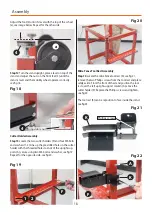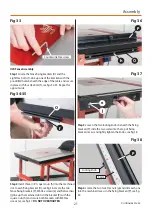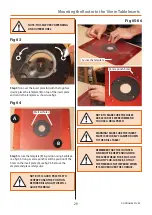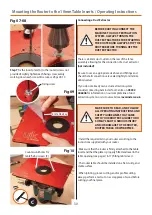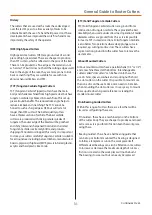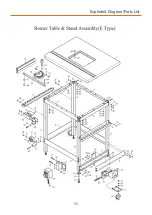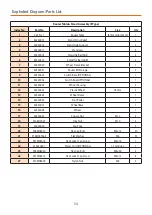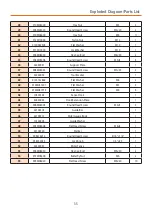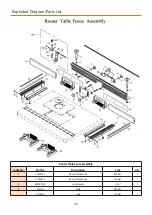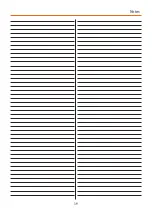
General Guide to Router Cutters
32
Shanks and Cutter Length
1/2" shank cutters are inherently stronger which means
they are less likely to bend or snap than the small 1/4"
shank. Certain cutters can only be purchased on 1/2" shank
(door set and worktop cutters). This strength allows for
cutters of a larger diameter and longer length as appose to
the 1/4" shank.
It is very important with both 1/4” and 1/2” shanks to feed
the cut using a mixture of plunge depth and cutter shank.
This will reduce the damage to cutters and the wear on the
router bearings. Try to take more than one pass, this will
allow for a better finish and reduce damage to the router
and the cutters (1/4” is more likely to bend with a heavy
cut). As a general guide a 1/4” (6.35mm) cuter should take
less than half of this measurement as its cut i.e. 3mm.
This rule is very difficult to enforce as some cuts will
combine, using the total diameter and a side cut. So what
do we class as 3mm? The major factor being the material
density which will affect how much material can safely be
removed.
Modern cutters have to have a safe hold (K) line and a
maximum running speed engraved upon the shank as a
general guide. 2/3 of the cutter shank should be held in
the collet. As for speed, the noise of the router will give
you a guide.
The speed of the cutter will vary with materials but it is
important to vary the speed feed of the operator moving
the router over the work piece or the speed in which they
pass the work through the cutter set up on a table. Give
the cutter time to remove the stock to achieve a clean
finish.
1/4" Router Cutter
1/2" Router Cutter
Safe hold ‘K’ Line
Maximum speed of cutter
Diameter of cutter head
Height of cutter head
Diameter of shank
Summary of Contents for 717127
Page 7: ...What s Included 7 K L M N O P Q a b c d e g h i j N f...
Page 33: ...Exploded Diagram Parts List 33...
Page 38: ...Notes 38...
Page 39: ...Notes 39...

